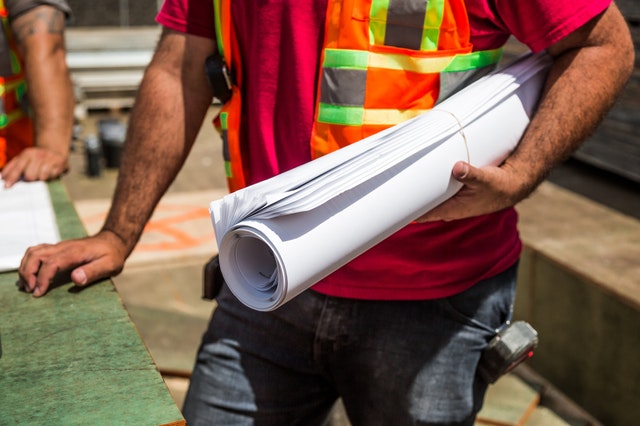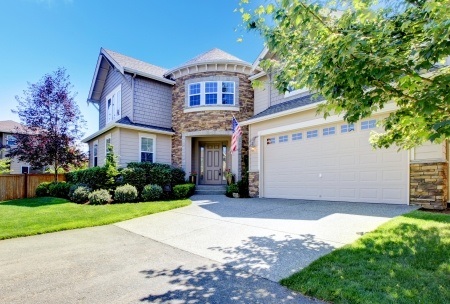Should You Consider Purchasing A Newly Built Home?
 If you have been in the process of looking for a home for a long time, you understand just how difficult it has been. You may have considered building your own house, but after seeing the bidding wars for land before you even start building, you may have crossed newly built homes off your list. Now, there are a few reasons why you should consider adding new homes back to your search.
If you have been in the process of looking for a home for a long time, you understand just how difficult it has been. You may have considered building your own house, but after seeing the bidding wars for land before you even start building, you may have crossed newly built homes off your list. Now, there are a few reasons why you should consider adding new homes back to your search.
There Is An Elevated Supply Of Newly Built Homes
Right now, there is an elevated supply of newly built homes. Even though the overall inventory of available houses continues to lag behind, new single-family home inventory remains elevated. This means that builders may offer incentives to sell the homes they have already started building. They want to keep building homes, but they cannot do so until they sell the houses they have already constructed. They may even provide you with discounts on special features.
You Have Fewer Repair And Maintenance Expenses
Another benefit of purchasing a new house is that you will have fewer repair and maintenance expenses. Down the road, you may have to replace the hot water heater, the HVAC unit, and even the roof on your house; however, when a house is brand new, there is a much lower chance of something going wrong. That can free up money that you can spend in other areas.
You Customize The House To Meet Your Needs
Finally, if you purchase a new house, you also have the option to customize it to meet your needs. For example, you might want a bonus room that can serve as a separate area in which your kids can play. Or, you might want your kitchen to be laid out in a certain way. You may also want your garage to be large enough to fit multiple cars. Your builder may work with you to provide you with those specific features.
Consider Purchasing A Newly Built House
If you are having a hard time finding a resale home to meet your needs, consider working with a construction company to build your own house. It may be more affordable than you think, as builders may offer incentives if they have an oversupply.
 New housing construction starts reached a record high in December 2019 going up 16.9%. This represents a seasonally-adjusted annual rate of 1.608 million homes last December, which beat the record set in December 2006, 13 years ago, according to CNBC.
New housing construction starts reached a record high in December 2019 going up 16.9%. This represents a seasonally-adjusted annual rate of 1.608 million homes last December, which beat the record set in December 2006, 13 years ago, according to CNBC. Last week’s housing related news was limited to Construction Spending and Freddie Mac’s mortgage rates survey, but labor reports suggested an economic slowdown may be in the works.
Last week’s housing related news was limited to Construction Spending and Freddie Mac’s mortgage rates survey, but labor reports suggested an economic slowdown may be in the works.